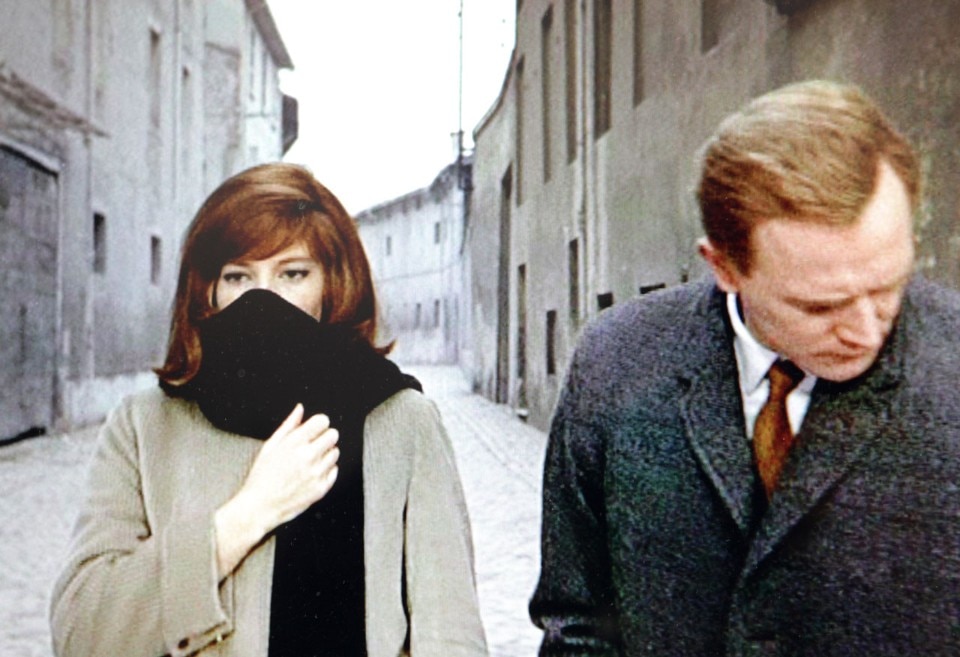Due to global warming, film crews nowadays are often forced to move to another continent in search of weather which matches the script. The most clamorous example in recent years concerned the set of Revenant by Alejandro González Iñárritu, who went from Canada to the Tierra del Fuego in search of snow. What Michelangelo Antonioni would have done if, during filming in Ravenna for Red Desert, the fog had refused to appear even for one day, we cannot imagine. However, a short period in which work was stopped due to good weather is examined in Troppo sole per Antonioni, the book by Alessandra Dragoni on the parallelisms between the set and the city during this period. The title, taken from a short article published in the newspaper Resto del Carlino on 9 January 1964, during the least cloudy winter in the Romagna region for a century, highlights some interesting analogies. These are all tied to the theme of forced breaks, in which a photographer such as Alessandra, and a director who complains because there is no fog in Ravenna, are forced to rethink, to formulate solutions and create new strategies. Perhaps even to write new lines out of exasperation, such as Monica Viti’s famous “my hair hurts”. Troppo sole per Antonioni does nothing to resolve this doubt, but through the juxtaposition of documents collected from the Classense Library and the personal archives of the family, it presents that particular situation in which there is no agenda, and the boundaries between public and private become porous, perhaps even influencing each other.
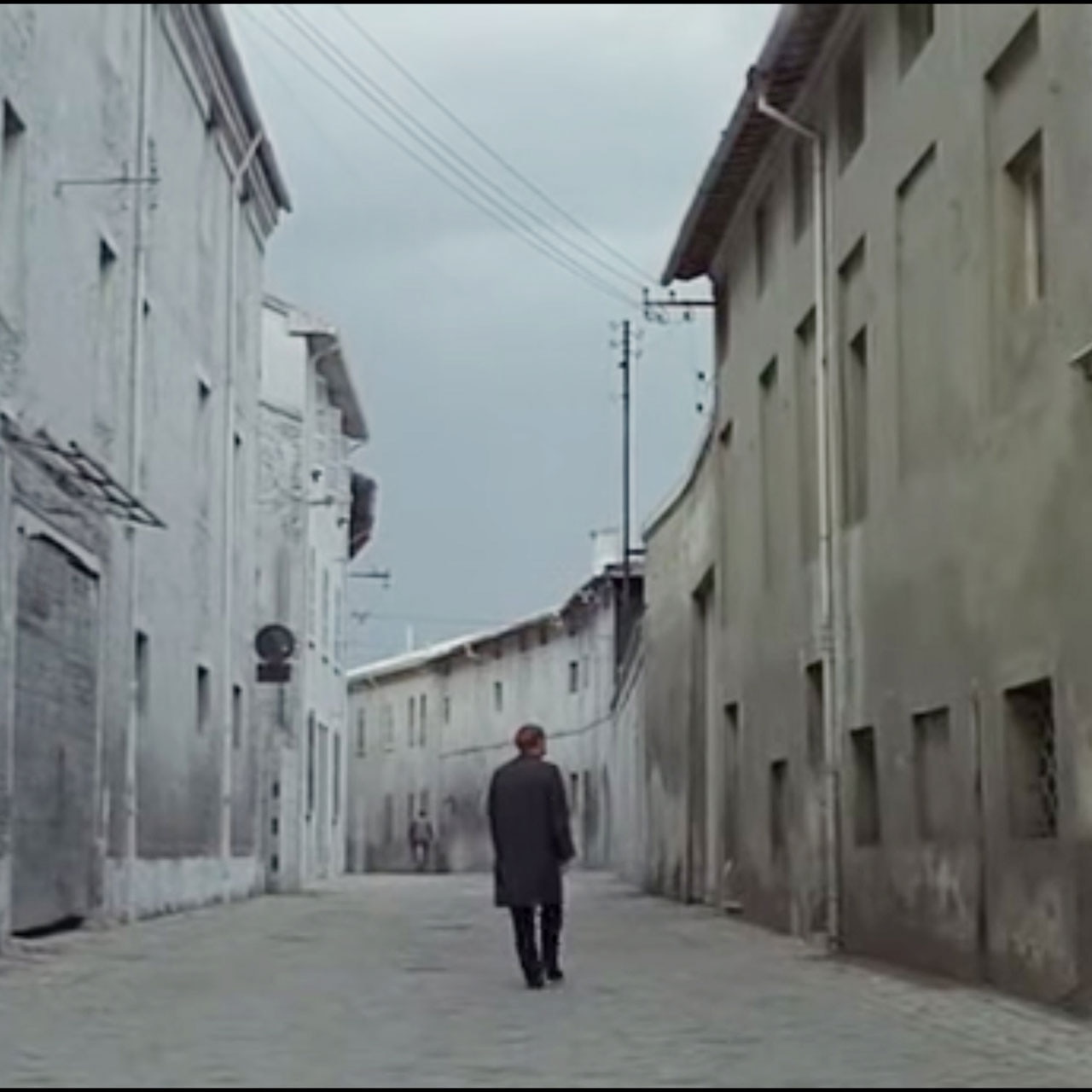
 View gallery
View gallery
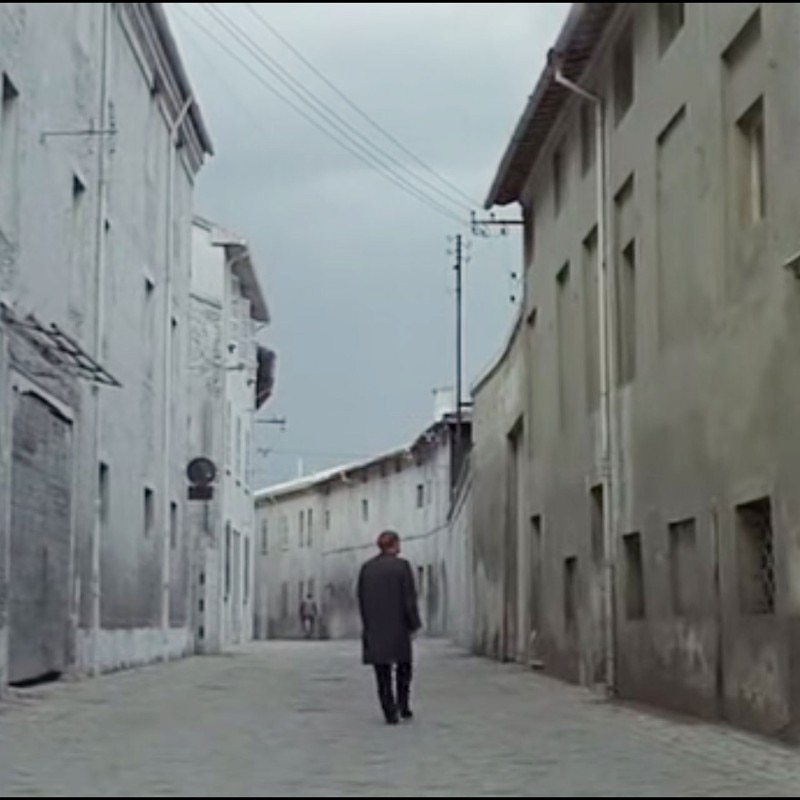
Too much sun for Antonioni
Still life from Il deserto rosso (1964), articles chroniclizing the suspended shooting and major international news taken from Il Resto del Carlino newspaper and private life shots of that time.
Too much sun for Antonioni. Alessandra Dragoni. Danilo Montanari Editore
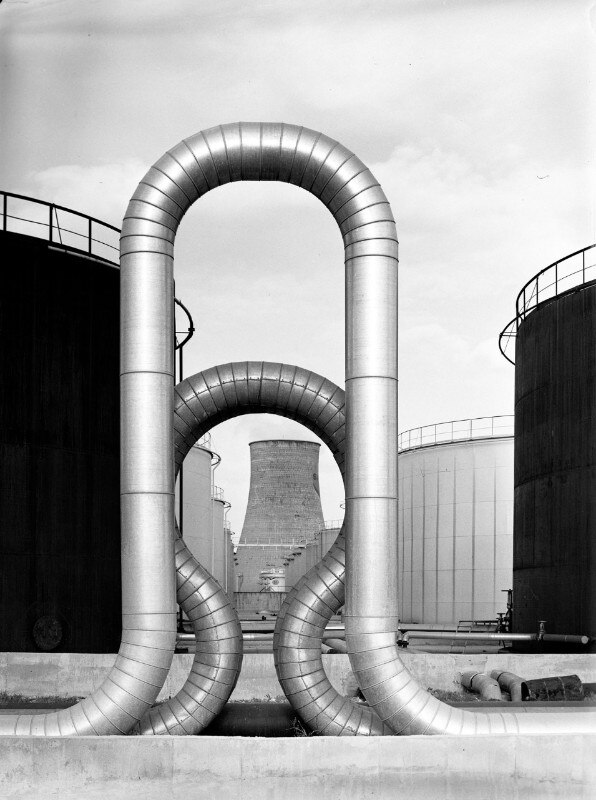
Too much sun for Antonioni
Still life from Il deserto rosso (1964), articles chroniclizing the suspended shooting and major international news taken from Il Resto del Carlino newspaper and private life shots of that time.
Too much sun for Antonioni. Alessandra Dragoni. Danilo Montanari Editore
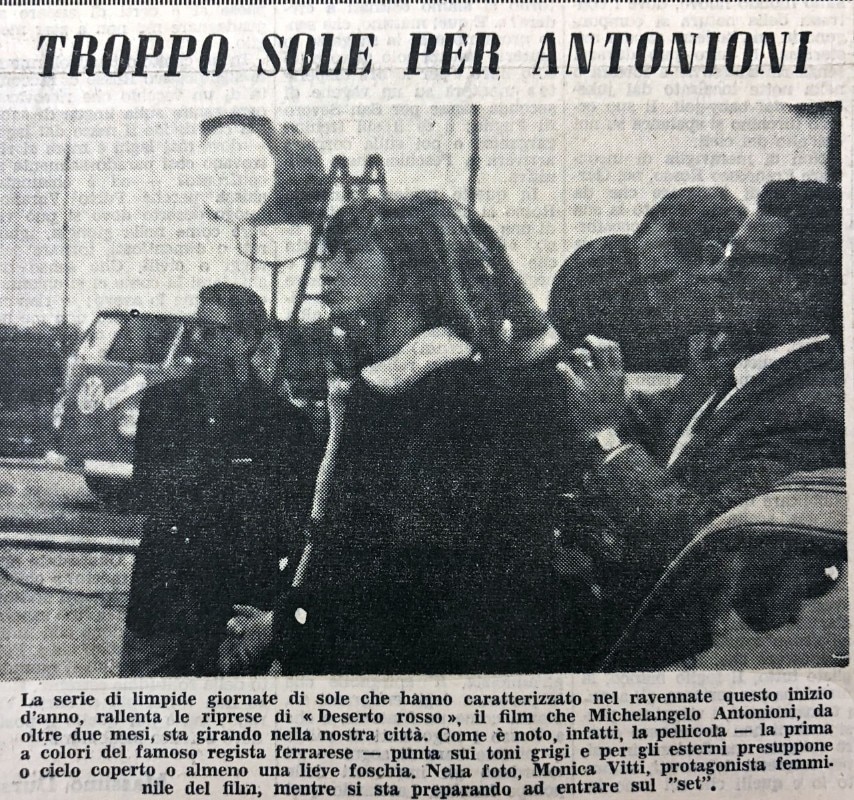
Too much sun for Antonioni
Still life from Il deserto rosso (1964), articles chroniclizing the suspended shooting and major international news taken from Il Resto del Carlino newspaper and private life shots of that time.
Too much sun for Antonioni. Alessandra Dragoni. Danilo Montanari Editore
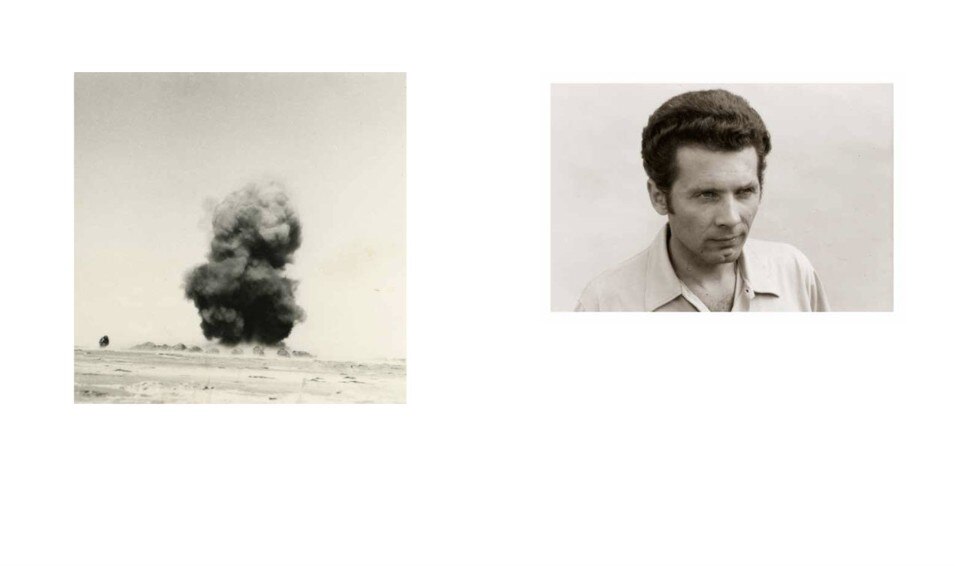
Too much sun for Antonioni
Still life from Il deserto rosso (1964), articles chroniclizing the suspended shooting and major international news taken from Il Resto del Carlino newspaper and private life shots of that time.
Too much sun for Antonioni. Alessandra Dragoni. Danilo Montanari Editore
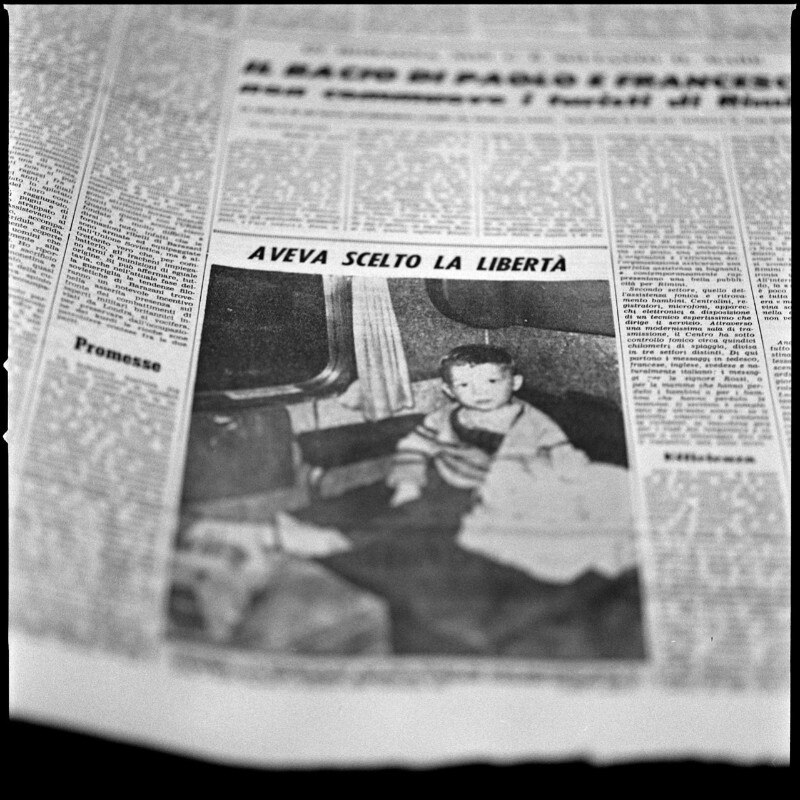
Too much sun for Antonioni
Still life from Il deserto rosso (1964), articles chroniclizing the suspended shooting and major international news taken from Il Resto del Carlino newspaper and private life shots of that time.
Too much sun for Antonioni. Alessandra Dragoni. Danilo Montanari Editore
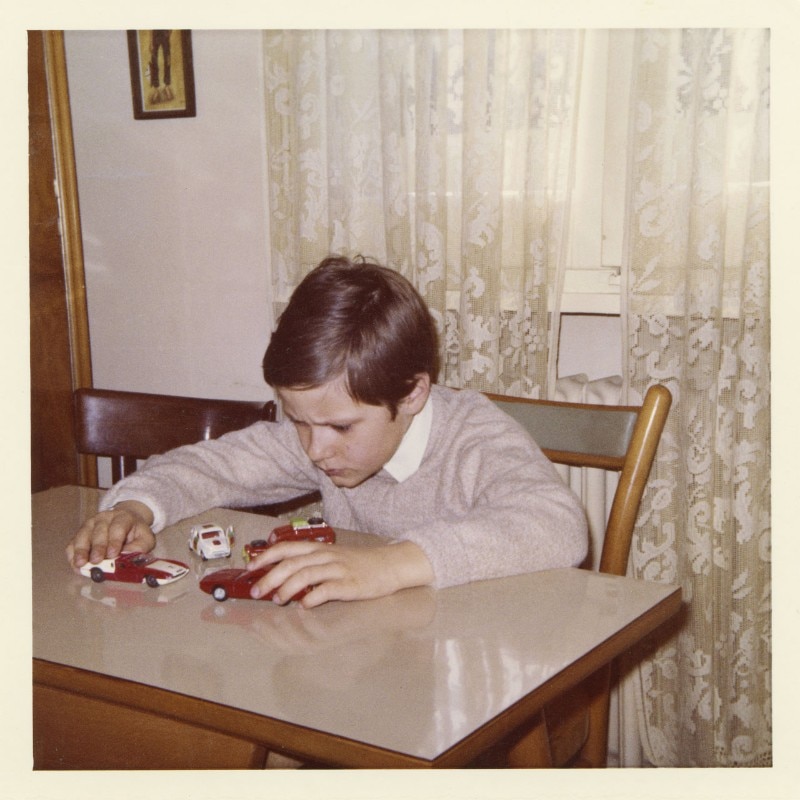
Too much sun for Antonioni
Still life from Il deserto rosso (1964), articles chroniclizing the suspended shooting and major international news taken from Il Resto del Carlino newspaper and private life shots of that time.
Too much sun for Antonioni. Alessandra Dragoni. Danilo Montanari Editore
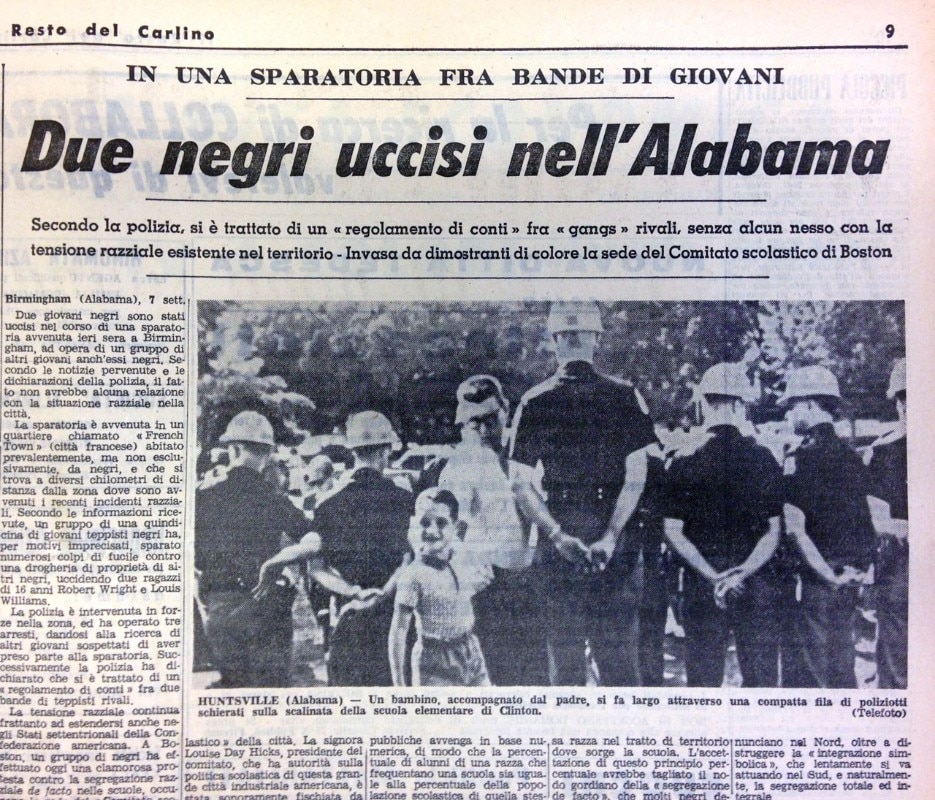
Too much sun for Antonioni
Still life from Il deserto rosso (1964), articles chroniclizing the suspended shooting and major international news taken from Il Resto del Carlino newspaper and private life shots of that time.
Too much sun for Antonioni. Alessandra Dragoni. Danilo Montanari Editore
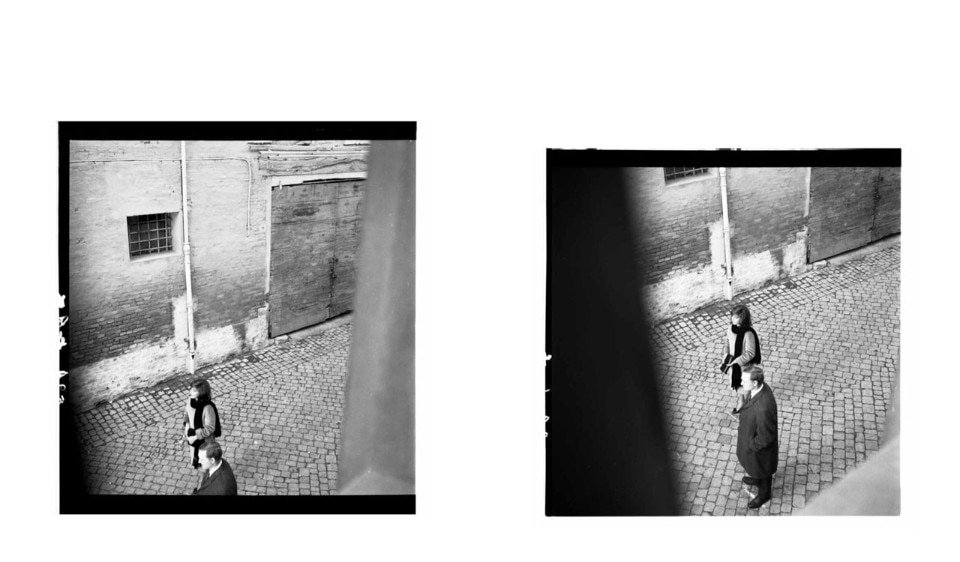
Too much sun for Antonioni
Still life from Il deserto rosso (1964), articles chroniclizing the suspended shooting and major international news taken from Il Resto del Carlino newspaper and private life shots of that time.
Too much sun for Antonioni. Alessandra Dragoni. Danilo Montanari Editore
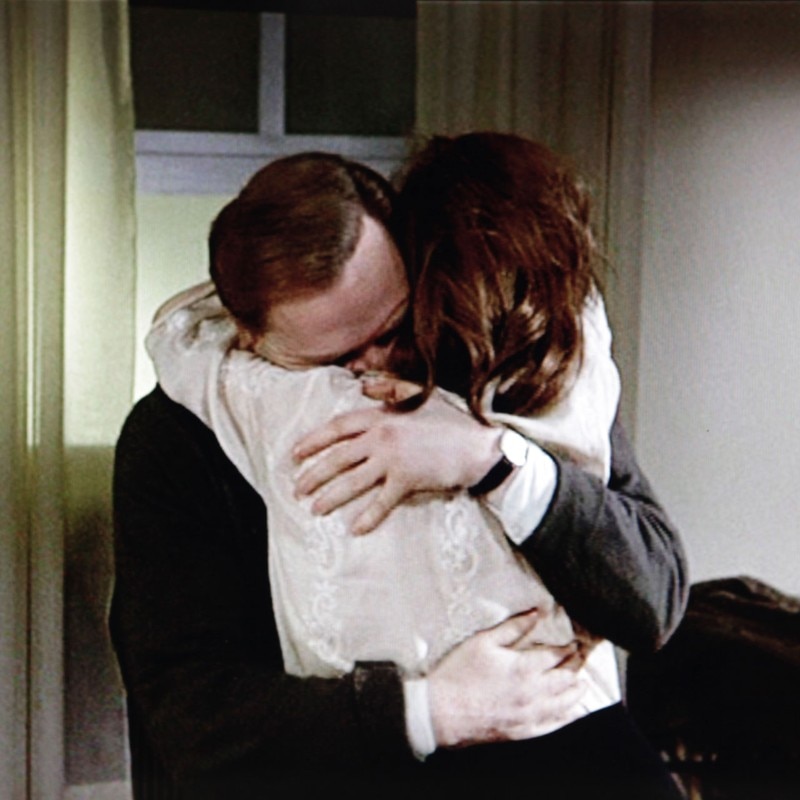
Too much sun for Antonioni
Still life from Il deserto rosso (1964), articles chroniclizing the suspended shooting and major international news taken from Il Resto del Carlino newspaper and private life shots of that time.
Too much sun for Antonioni. Alessandra Dragoni. Danilo Montanari Editore
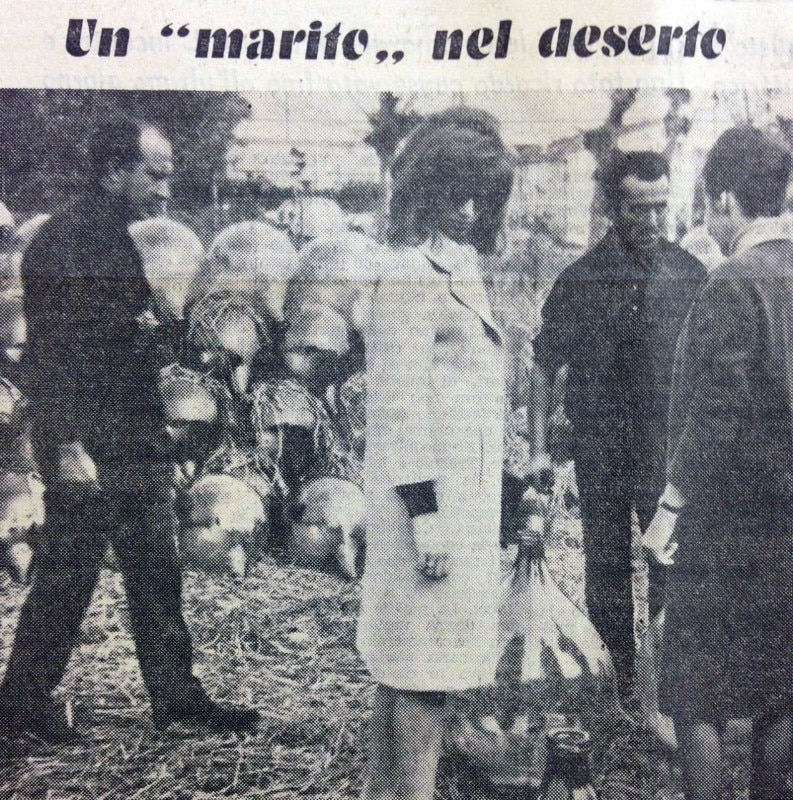
Too much sun for Antonioni
Still life from Il deserto rosso (1964), articles chroniclizing the suspended shooting and major international news taken from Il Resto del Carlino newspaper and private life shots of that time.
Too much sun for Antonioni. Alessandra Dragoni. Danilo Montanari Editore
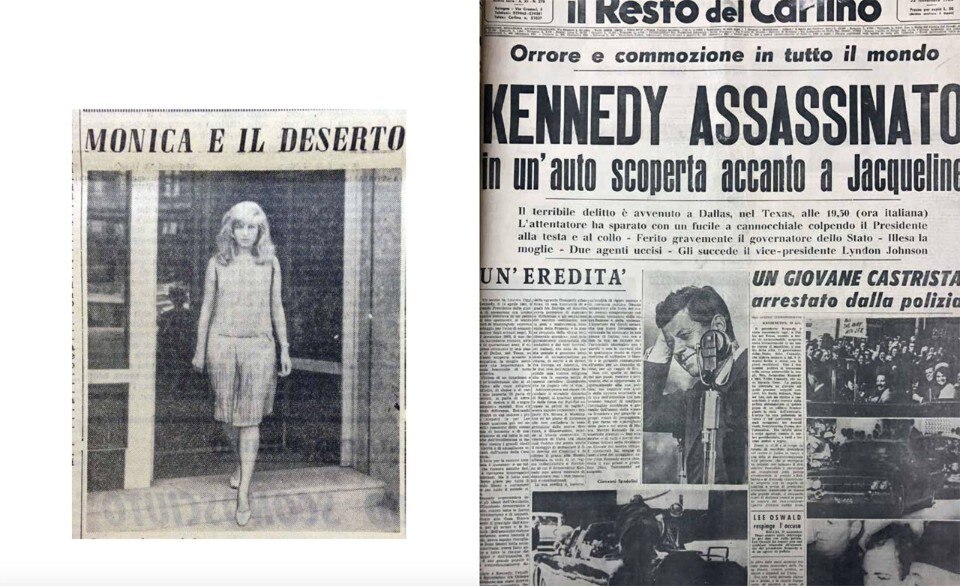
Too much sun for Antonioni
Still life from Il deserto rosso (1964), articles chroniclizing the suspended shooting and major international news taken from Il Resto del Carlino newspaper and private life shots of that time.
Too much sun for Antonioni. Alessandra Dragoni. Danilo Montanari Editore
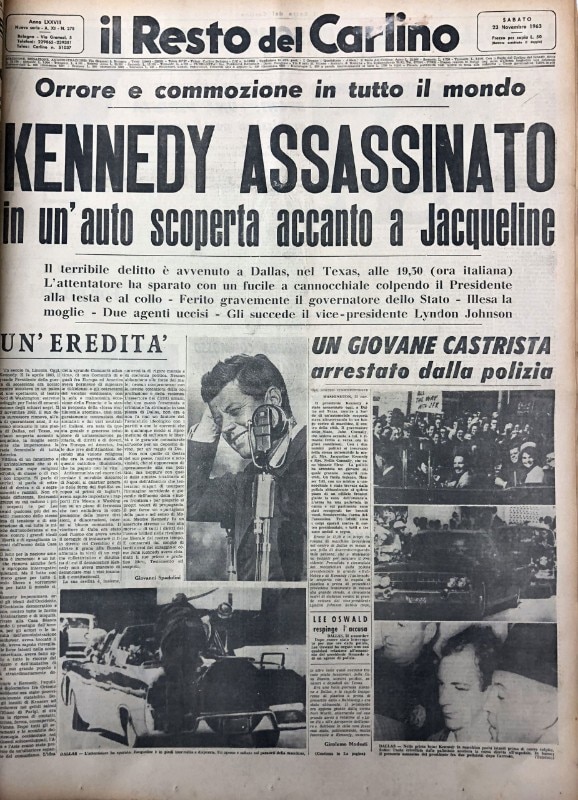
Too much sun for Antonioni
Still life from Il deserto rosso (1964), articles chroniclizing the suspended shooting and major international news taken from Il Resto del Carlino newspaper and private life shots of that time.
Too much sun for Antonioni. Alessandra Dragoni. Danilo Montanari Editore
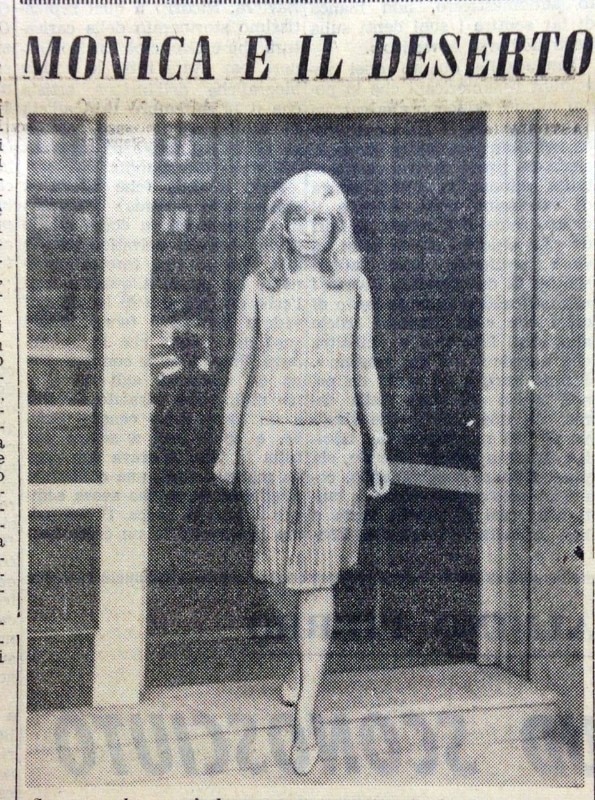
Too much sun for Antonioni
Still life from Il deserto rosso (1964), articles chroniclizing the suspended shooting and major international news taken from Il Resto del Carlino newspaper and private life shots of that time.
Too much sun for Antonioni. Alessandra Dragoni. Danilo Montanari Editore
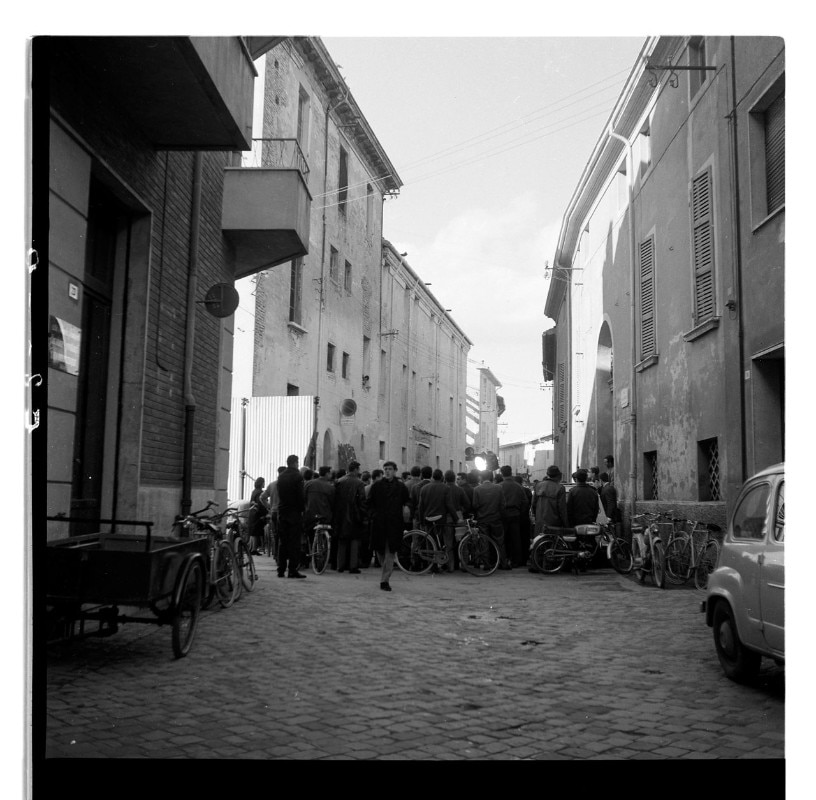
Too much sun for Antonioni
Still life from Il deserto rosso (1964), articles chroniclizing the suspended shooting and major international news taken from Il Resto del Carlino newspaper and private life shots of that time.
Too much sun for Antonioni. Alessandra Dragoni. Danilo Montanari Editore

Too much sun for Antonioni
Still life from Il deserto rosso (1964), articles chroniclizing the suspended shooting and major international news taken from Il Resto del Carlino newspaper and private life shots of that time.
Too much sun for Antonioni. Alessandra Dragoni. Danilo Montanari Editore

Too much sun for Antonioni
Still life from Il deserto rosso (1964), articles chroniclizing the suspended shooting and major international news taken from Il Resto del Carlino newspaper and private life shots of that time.
Too much sun for Antonioni. Alessandra Dragoni. Danilo Montanari Editore

Too much sun for Antonioni
Still life from Il deserto rosso (1964), articles chroniclizing the suspended shooting and major international news taken from Il Resto del Carlino newspaper and private life shots of that time.
Too much sun for Antonioni. Alessandra Dragoni. Danilo Montanari Editore

Too much sun for Antonioni
Still life from Il deserto rosso (1964), articles chroniclizing the suspended shooting and major international news taken from Il Resto del Carlino newspaper and private life shots of that time.
Too much sun for Antonioni. Alessandra Dragoni. Danilo Montanari Editore

Too much sun for Antonioni
Still life from Il deserto rosso (1964), articles chroniclizing the suspended shooting and major international news taken from Il Resto del Carlino newspaper and private life shots of that time.
Too much sun for Antonioni. Alessandra Dragoni. Danilo Montanari Editore

Too much sun for Antonioni
Still life from Il deserto rosso (1964), articles chroniclizing the suspended shooting and major international news taken from Il Resto del Carlino newspaper and private life shots of that time.
Too much sun for Antonioni. Alessandra Dragoni. Danilo Montanari Editore

Too much sun for Antonioni
Still life from Il deserto rosso (1964), articles chroniclizing the suspended shooting and major international news taken from Il Resto del Carlino newspaper and private life shots of that time.
Too much sun for Antonioni. Alessandra Dragoni. Danilo Montanari Editore

Too much sun for Antonioni
Still life from Il deserto rosso (1964), articles chroniclizing the suspended shooting and major international news taken from Il Resto del Carlino newspaper and private life shots of that time.
Too much sun for Antonioni. Alessandra Dragoni. Danilo Montanari Editore

Too much sun for Antonioni
Still life from Il deserto rosso (1964), articles chroniclizing the suspended shooting and major international news taken from Il Resto del Carlino newspaper and private life shots of that time.
Too much sun for Antonioni. Alessandra Dragoni. Danilo Montanari Editore

Too much sun for Antonioni
Still life from Il deserto rosso (1964), articles chroniclizing the suspended shooting and major international news taken from Il Resto del Carlino newspaper and private life shots of that time.
Too much sun for Antonioni. Alessandra Dragoni. Danilo Montanari Editore

Too much sun for Antonioni
Still life from Il deserto rosso (1964), articles chroniclizing the suspended shooting and major international news taken from Il Resto del Carlino newspaper and private life shots of that time.
Too much sun for Antonioni. Alessandra Dragoni. Danilo Montanari Editore

Too much sun for Antonioni
Still life from Il deserto rosso (1964), articles chroniclizing the suspended shooting and major international news taken from Il Resto del Carlino newspaper and private life shots of that time.
Too much sun for Antonioni. Alessandra Dragoni. Danilo Montanari Editore

Too much sun for Antonioni
Still life from Il deserto rosso (1964), articles chroniclizing the suspended shooting and major international news taken from Il Resto del Carlino newspaper and private life shots of that time.
Too much sun for Antonioni. Alessandra Dragoni. Danilo Montanari Editore

Too much sun for Antonioni
Still life from Il deserto rosso (1964), articles chroniclizing the suspended shooting and major international news taken from Il Resto del Carlino newspaper and private life shots of that time.
Too much sun for Antonioni. Alessandra Dragoni. Danilo Montanari Editore
All of this in a set which until shortly before was unequivocally closed, as can be seen by the pictures captured through a gap in a window by Anna Baldazzi. So what happened in that pause? Had local and international events intensified the metaphysical reading of the area, the cold poetry of the architectural details, and that hypnotic and unfocused flow? Were the embraces in the film inspired by the intimacy of couples in Ravenna, who the director, having less to do, observed with more attention? This permeability between two worlds, always a productive aspect, has also been demonstrated on an international scale, as is the case in Day for night by Francois Truffaut and The State of Things by Wim Wenders. However, for Alessandra, it is a case of searching and digging deep, also driven by deep-set reasons. “I was just a babe in arms while Antonioni wandered restlessly through my city, waiting for bad weather”. One plain fact does, however, seem to emerge: the persistence of the shots in the famous red room. A scene which over the years has become a highly-copied cult, even being re-worked by Prada in an advertising campaign where the clothes seemed to be exactly the same as those in the film. As the newspapers reported: “Outside the sun continued to shine. Antonioni was forced to skip window shots. There were endless arguments over fake fog behind the windows of the shack. While it lasts, the little red room is our salvation.” Would there have been more external shots if the streets of Ravenna had been gloomier? Maybe, but it cannot be said that the changes were for the worse. On the contrary, perhaps the fact that it has become one of the most enigmatic and chromatically extraordinary films for various generations of artists is due to that very wave of good weather.
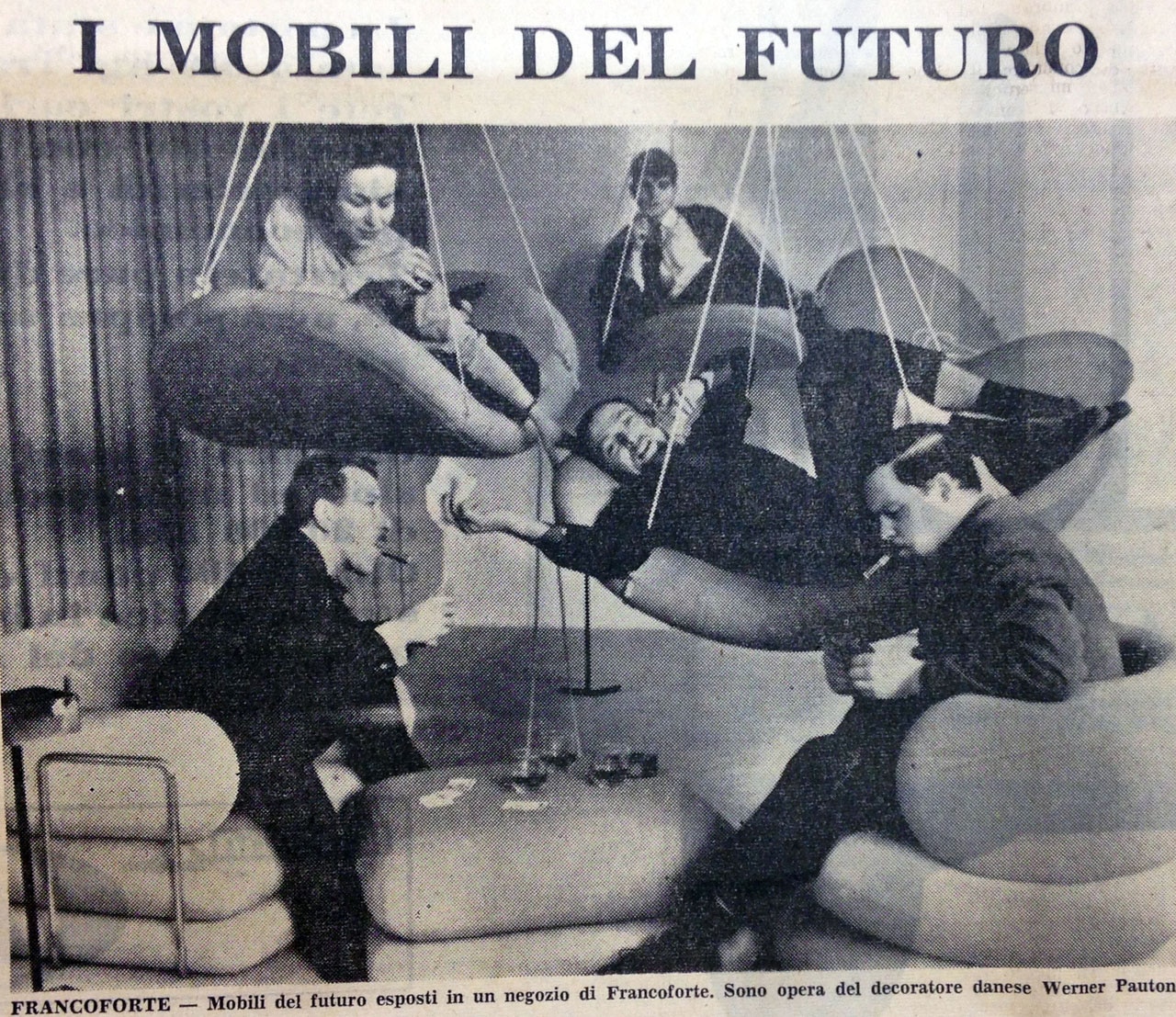
 View gallery
View gallery
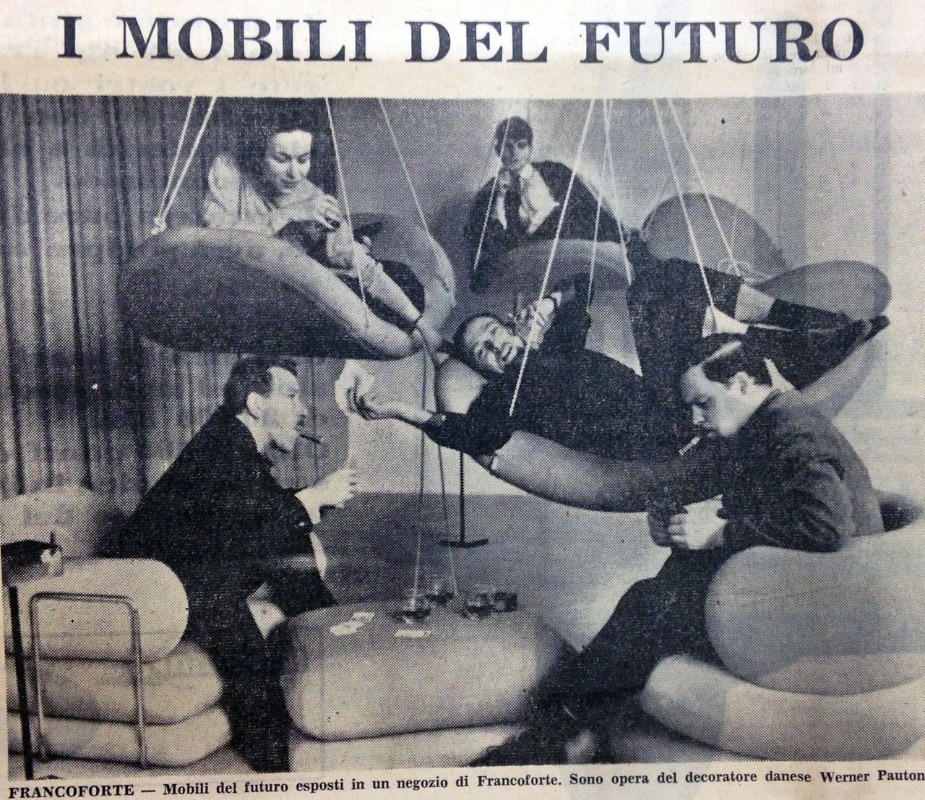
Too much sun for Antonioni
Still life from Il deserto rosso (1964), articles chroniclizing the suspended shooting and major international news taken from Il Resto del Carlino newspaper and private life shots of that time.
Too much sun for Antonioni. Alessandra Dragoni. Danilo Montanari Editore
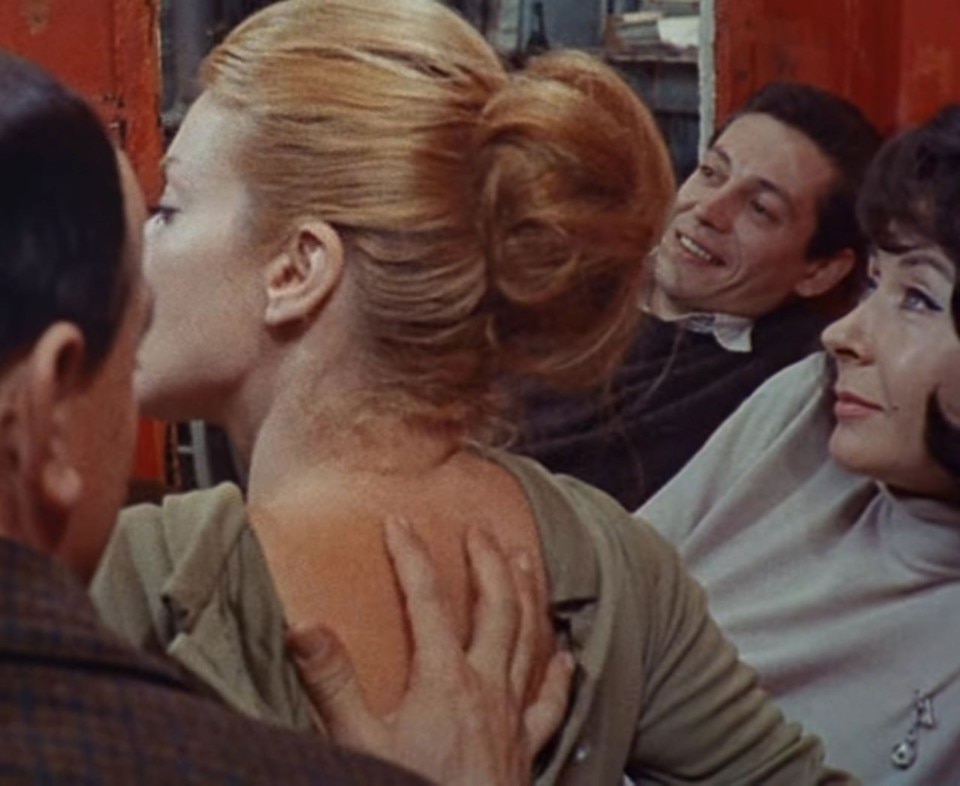
Too much sun for Antonioni
Still life from Il deserto rosso (1964), articles chroniclizing the suspended shooting and major international news taken from Il Resto del Carlino newspaper and private life shots of that time.
Too much sun for Antonioni. Alessandra Dragoni. Danilo Montanari Editore
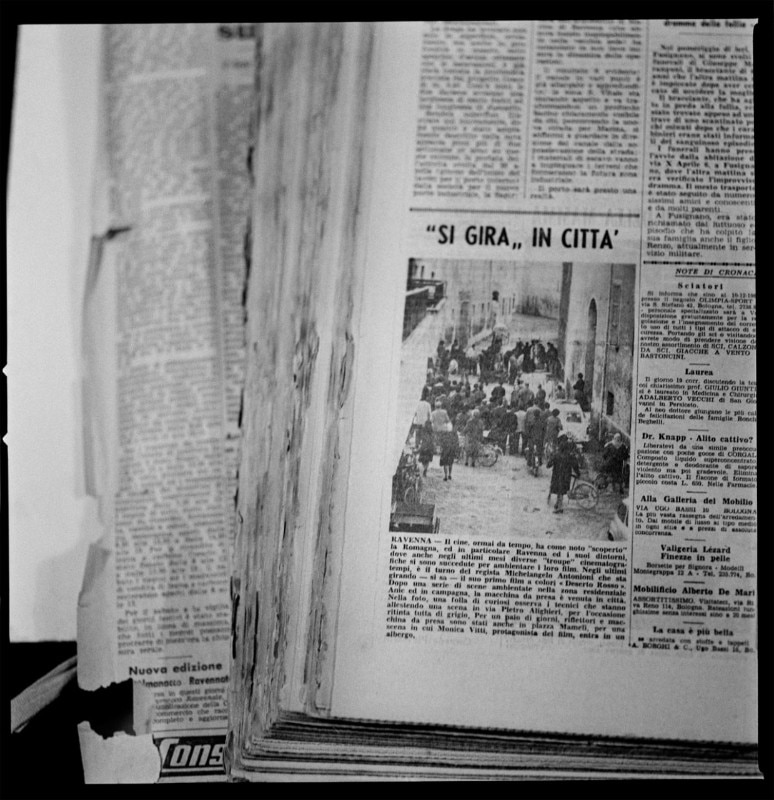
Too much sun for Antonioni
Still life from Il deserto rosso (1964), articles chroniclizing the suspended shooting and major international news taken from Il Resto del Carlino newspaper and private life shots of that time.
Too much sun for Antonioni. Alessandra Dragoni. Danilo Montanari Editore
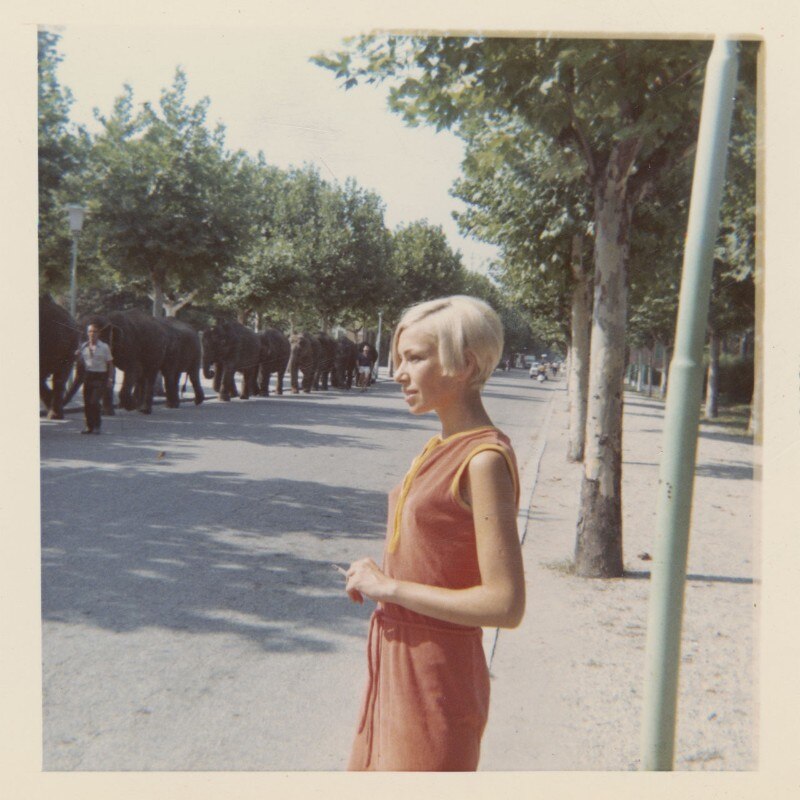
Too much sun for Antonioni
Still life from Il deserto rosso (1964), articles chroniclizing the suspended shooting and major international news taken from Il Resto del Carlino newspaper and private life shots of that time.
Too much sun for Antonioni. Alessandra Dragoni. Danilo Montanari Editore
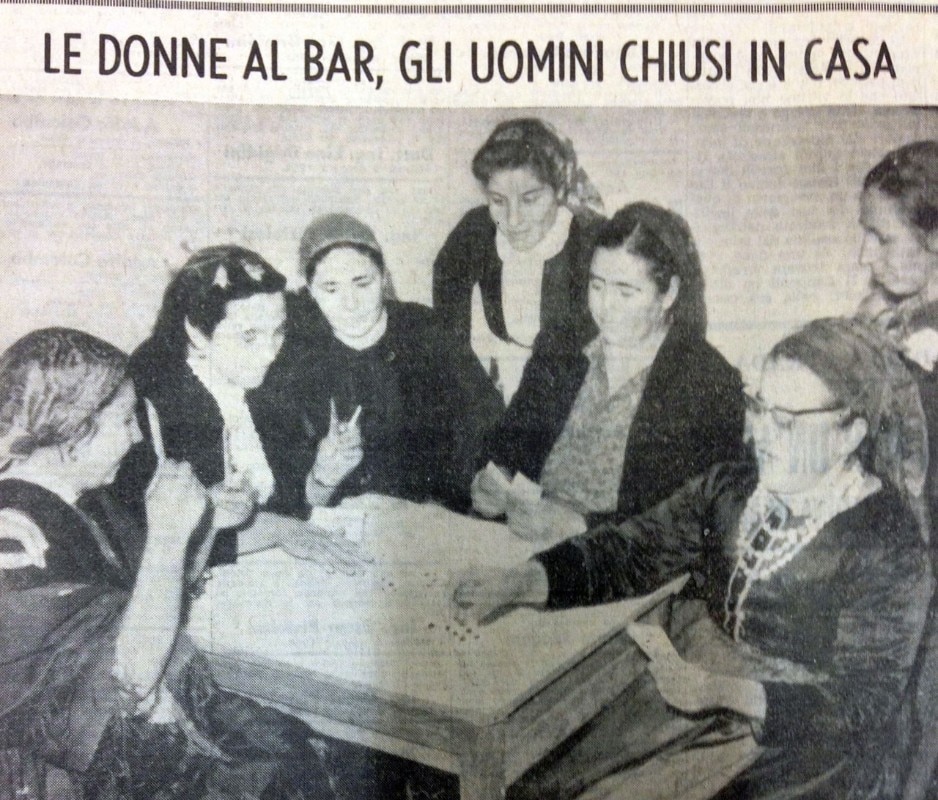
Too much sun for Antonioni
Still life from Il deserto rosso (1964), articles chroniclizing the suspended shooting and major international news taken from Il Resto del Carlino newspaper and private life shots of that time.
Too much sun for Antonioni. Alessandra Dragoni. Danilo Montanari Editore
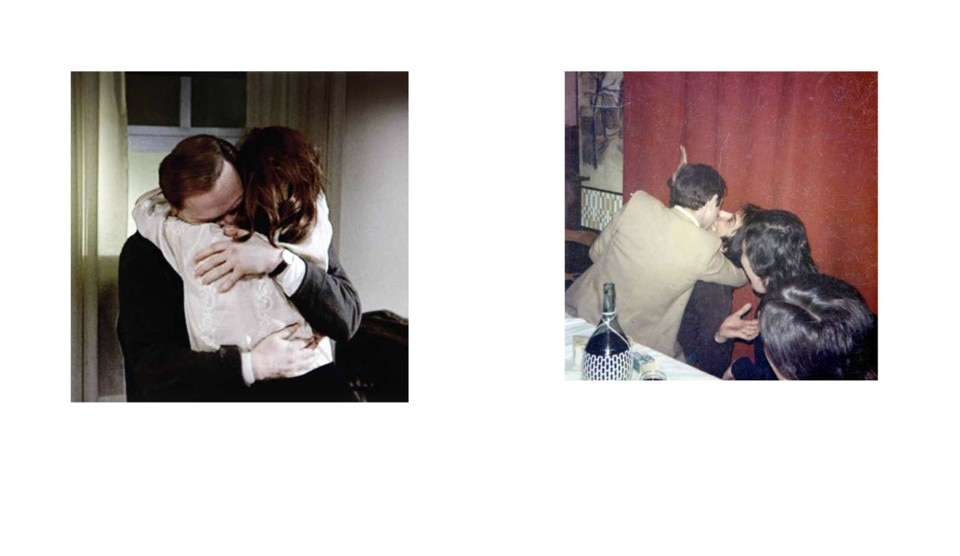
Too much sun for Antonioni
Still life from Il deserto rosso (1964), articles chroniclizing the suspended shooting and major international news taken from Il Resto del Carlino newspaper and private life shots of that time.
Too much sun for Antonioni. Alessandra Dragoni. Danilo Montanari Editore
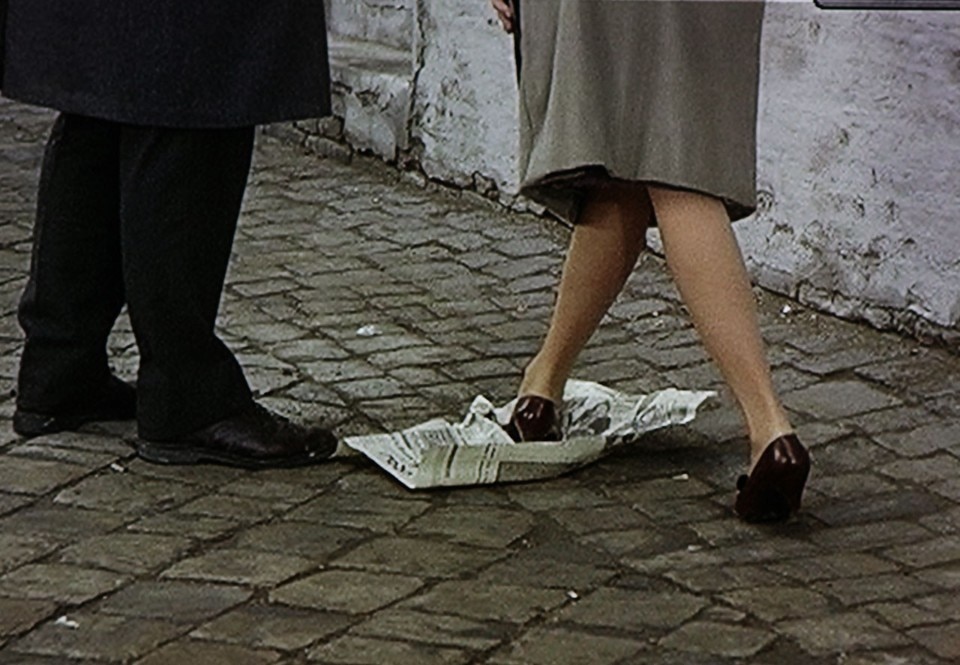
Too much sun for Antonioni
Still life from Il deserto rosso (1964), articles chroniclizing the suspended shooting and major international news taken from Il Resto del Carlino newspaper and private life shots of that time.
Too much sun for Antonioni. Alessandra Dragoni. Danilo Montanari Editore
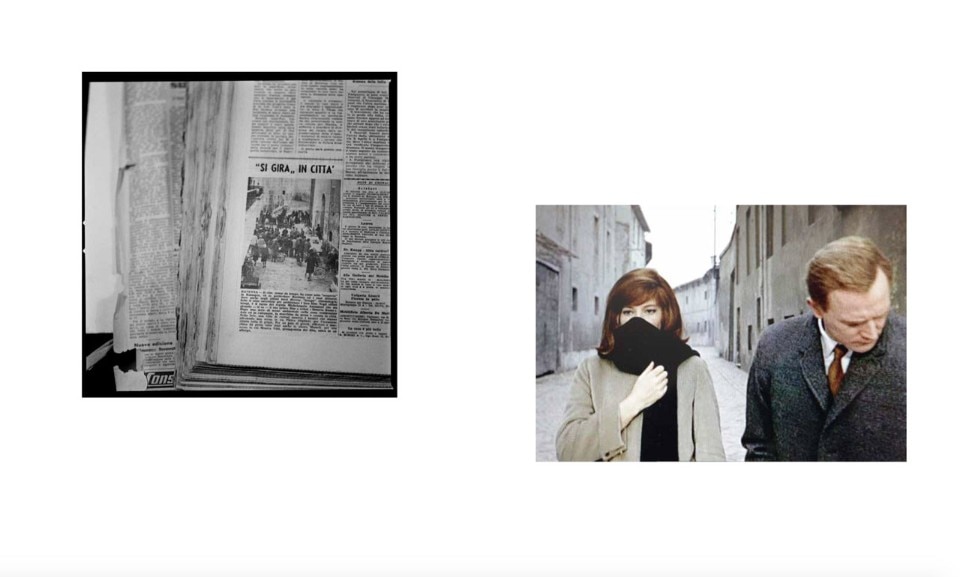
Too much sun for Antonioni
Still life from Il deserto rosso (1964), articles chroniclizing the suspended shooting and major international news taken from Il Resto del Carlino newspaper and private life shots of that time.
Too much sun for Antonioni. Alessandra Dragoni. Danilo Montanari Editore
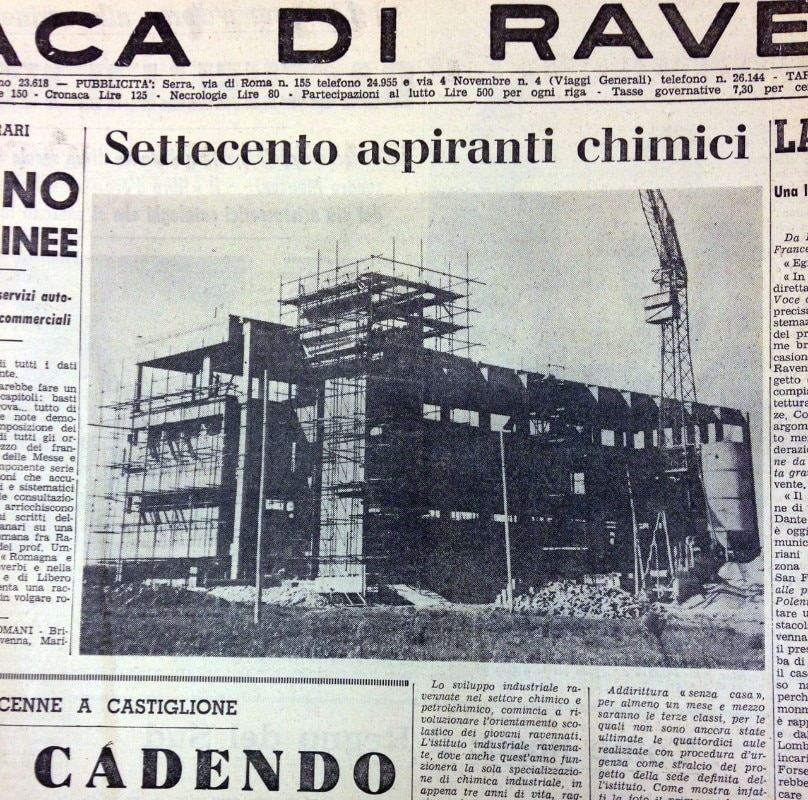
Too much sun for Antonioni
Still life from Il deserto rosso (1964), articles chroniclizing the suspended shooting and major international news taken from Il Resto del Carlino newspaper and private life shots of that time.
Too much sun for Antonioni. Alessandra Dragoni. Danilo Montanari Editore
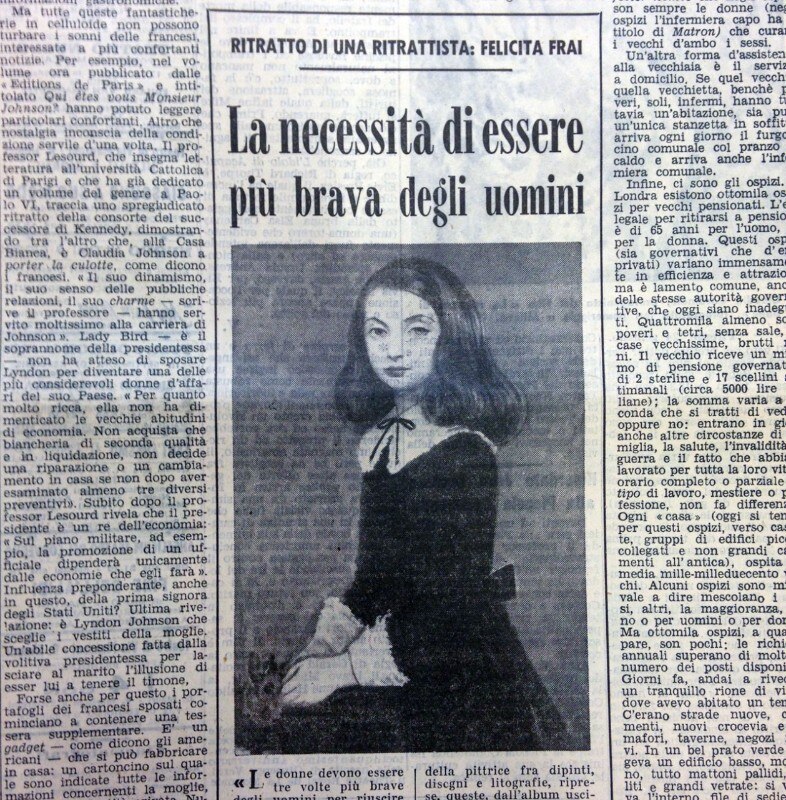
Too much sun for Antonioni
Still life from Il deserto rosso (1964), articles chroniclizing the suspended shooting and major international news taken from Il Resto del Carlino newspaper and private life shots of that time.
Too much sun for Antonioni. Alessandra Dragoni. Danilo Montanari Editore
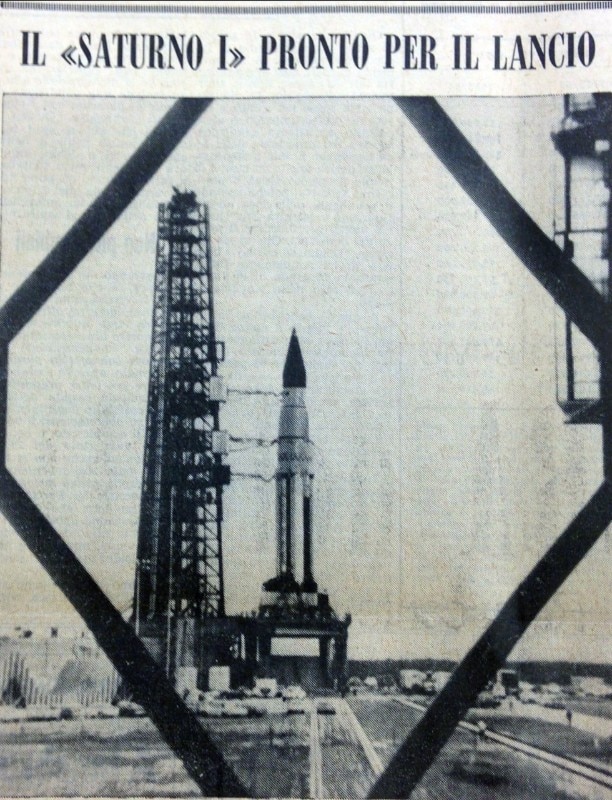
Too much sun for Antonioni
Still life from Il deserto rosso (1964), articles chroniclizing the suspended shooting and major international news taken from Il Resto del Carlino newspaper and private life shots of that time.
Too much sun for Antonioni. Alessandra Dragoni. Danilo Montanari Editore
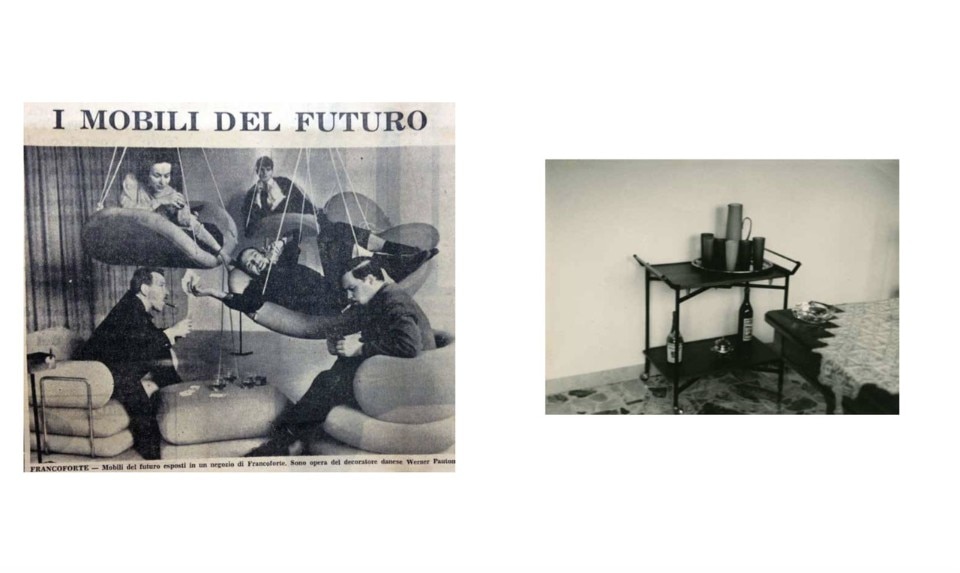
Too much sun for Antonioni
Still life from Il deserto rosso (1964), articles chroniclizing the suspended shooting and major international news taken from Il Resto del Carlino newspaper and private life shots of that time.
Too much sun for Antonioni. Alessandra Dragoni. Danilo Montanari Editore
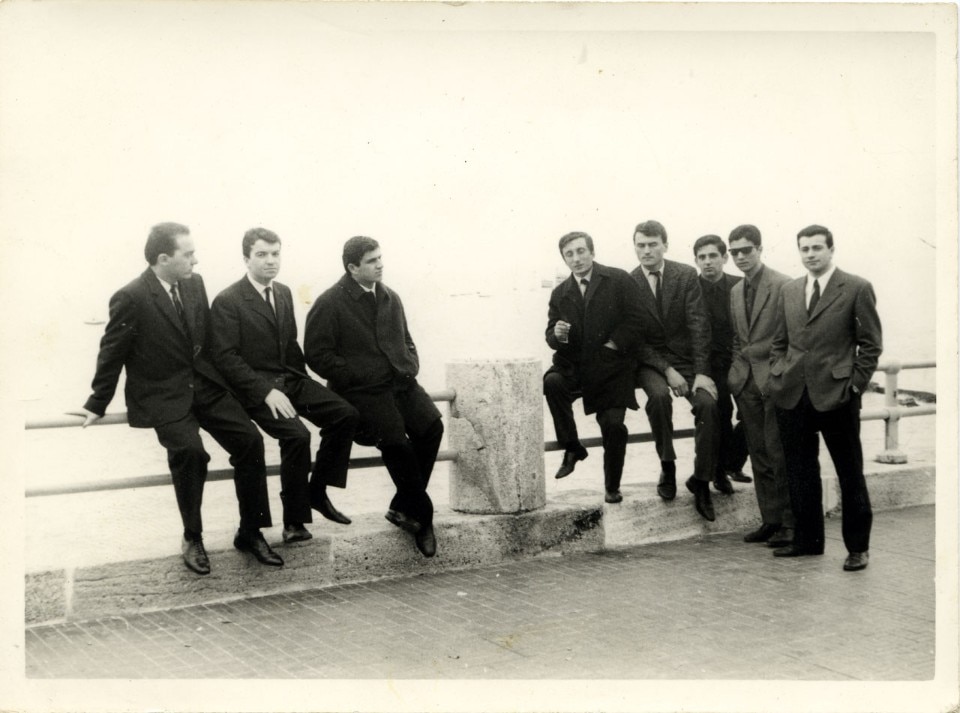
Too much sun for Antonioni
Still life from Il deserto rosso (1964), articles chroniclizing the suspended shooting and major international news taken from Il Resto del Carlino newspaper and private life shots of that time.
Too much sun for Antonioni. Alessandra Dragoni. Danilo Montanari Editore
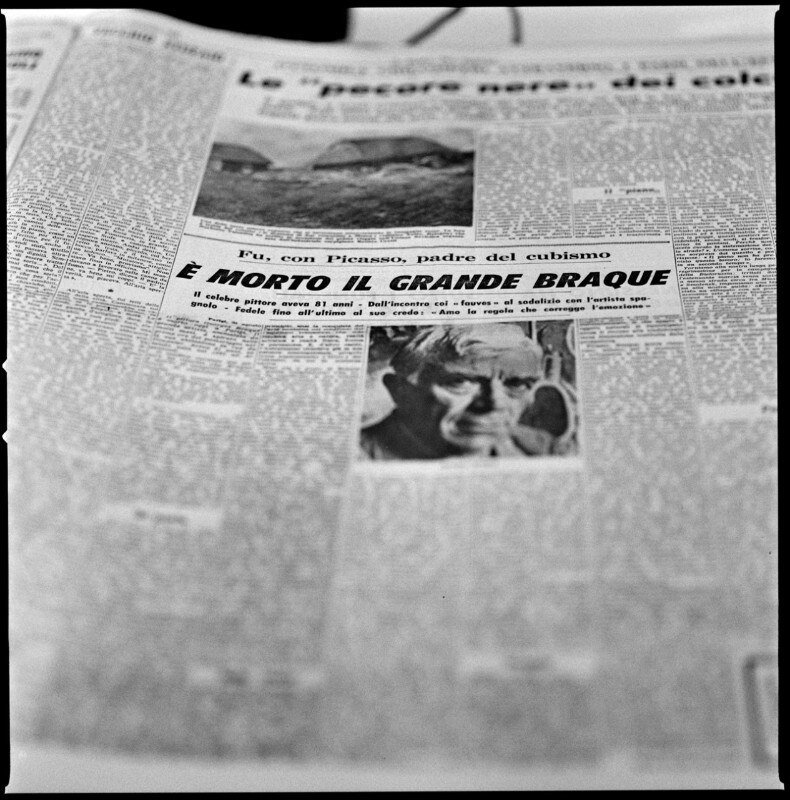
Too much sun for Antonioni
Still life from Il deserto rosso (1964), articles chroniclizing the suspended shooting and major international news taken from Il Resto del Carlino newspaper and private life shots of that time.
Too much sun for Antonioni. Alessandra Dragoni. Danilo Montanari Editore

Too much sun for Antonioni
Still life from Il deserto rosso (1964), articles chroniclizing the suspended shooting and major international news taken from Il Resto del Carlino newspaper and private life shots of that time.
Too much sun for Antonioni. Alessandra Dragoni. Danilo Montanari Editore

Too much sun for Antonioni
Still life from Il deserto rosso (1964), articles chroniclizing the suspended shooting and major international news taken from Il Resto del Carlino newspaper and private life shots of that time.
Too much sun for Antonioni. Alessandra Dragoni. Danilo Montanari Editore

Too much sun for Antonioni
Still life from Il deserto rosso (1964), articles chroniclizing the suspended shooting and major international news taken from Il Resto del Carlino newspaper and private life shots of that time.
Too much sun for Antonioni. Alessandra Dragoni. Danilo Montanari Editore

Too much sun for Antonioni
Still life from Il deserto rosso (1964), articles chroniclizing the suspended shooting and major international news taken from Il Resto del Carlino newspaper and private life shots of that time.
Too much sun for Antonioni. Alessandra Dragoni. Danilo Montanari Editore

Too much sun for Antonioni
Still life from Il deserto rosso (1964), articles chroniclizing the suspended shooting and major international news taken from Il Resto del Carlino newspaper and private life shots of that time.
Too much sun for Antonioni. Alessandra Dragoni. Danilo Montanari Editore

Too much sun for Antonioni
Still life from Il deserto rosso (1964), articles chroniclizing the suspended shooting and major international news taken from Il Resto del Carlino newspaper and private life shots of that time.
Too much sun for Antonioni. Alessandra Dragoni. Danilo Montanari Editore

Too much sun for Antonioni
Still life from Il deserto rosso (1964), articles chroniclizing the suspended shooting and major international news taken from Il Resto del Carlino newspaper and private life shots of that time.
Too much sun for Antonioni. Alessandra Dragoni. Danilo Montanari Editore

Too much sun for Antonioni
Still life from Il deserto rosso (1964), articles chroniclizing the suspended shooting and major international news taken from Il Resto del Carlino newspaper and private life shots of that time.
Too much sun for Antonioni. Alessandra Dragoni. Danilo Montanari Editore

Too much sun for Antonioni
Still life from Il deserto rosso (1964), articles chroniclizing the suspended shooting and major international news taken from Il Resto del Carlino newspaper and private life shots of that time.
Too much sun for Antonioni. Alessandra Dragoni. Danilo Montanari Editore

Too much sun for Antonioni
Still life from Il deserto rosso (1964), articles chroniclizing the suspended shooting and major international news taken from Il Resto del Carlino newspaper and private life shots of that time.
Too much sun for Antonioni. Alessandra Dragoni. Danilo Montanari Editore

Too much sun for Antonioni
Still life from Il deserto rosso (1964), articles chroniclizing the suspended shooting and major international news taken from Il Resto del Carlino newspaper and private life shots of that time.
Too much sun for Antonioni. Alessandra Dragoni. Danilo Montanari Editore

Too much sun for Antonioni
Still life from Il deserto rosso (1964), articles chroniclizing the suspended shooting and major international news taken from Il Resto del Carlino newspaper and private life shots of that time.
Too much sun for Antonioni. Alessandra Dragoni. Danilo Montanari Editore

Too much sun for Antonioni
Still life from Il deserto rosso (1964), articles chroniclizing the suspended shooting and major international news taken from Il Resto del Carlino newspaper and private life shots of that time.
Too much sun for Antonioni. Alessandra Dragoni. Danilo Montanari Editore

Too much sun for Antonioni
Still life from Il deserto rosso (1964), articles chroniclizing the suspended shooting and major international news taken from Il Resto del Carlino newspaper and private life shots of that time.
Too much sun for Antonioni. Alessandra Dragoni. Danilo Montanari Editore
Alessandra, did the idea for this project really come from a short article?
Not exactly. The project was born as an answer to an open call in 2014set up by Linea di Confine - a cultural association for contemporary photography based in Ruberia, Reggio Emilia - in the wake of the 50th anniversary celebrations for Red Desert. The call put forward a number of considerations on the influence of the film over the years. I immediately wanted to take part, and my first thoughts were of the past. I imagined Antonioni in Ravenna, I wanted to photograph the hotel room he had occupied during filming, but after having done some research, I discovered that it no longer existed. The idea to work on the past remained, however. After all, the film was released, I was sure that there was still much to uncover. The short article in the local paper gave me the title and the main idea for the project, that of waiting. Approximately two years of reflection, which culminated in a selection of 10 images, and in an encounter with William Guerrieri, Antonello Frongia, Guido Guidi, the project leaders, which is brought together in a catalogue entitled Red Desert Now! l'eredità di Antonioni nella fotografia italiana contemporanea [The legacy of Antonioni in contemporary Italian photography]. Troppo sole, published by the Ravenna-based publisher Danilo Montanari, a specialist in art books, presents the rest of the project.
What meaning does Red Desert have for a citizen of Ravenna? Is it a mysterious object, a symbol, or that film in which everyone was bored?
The majority of Ravenna citizens who were at least 10 in 1963 have something to say about the film, the filming, Monica Vitti... The city has carefully preserved the memory of this event and there are many related initiatives, from public screenings to conferences. The Academy of Fine Arts continues to propose projects and ideas to its students, encouraged by the lesson of Guido Guidi – a master of contemporary photography and for years a professor of photography at the Academy – who has always claimed to have been conditioned by Antonioni’s cinema.
In the book, you wrote that you spoke extensively with Anna Baldazzi. Can you tell us something about this long conversation with regards to the film?
Anna and I spoke about a lot of things, but she didn’t remember much about the film. She was very young at the time. She had simply taken the opportunity to take photographs of the set to sell to a newspaper. I think that this episode is also perfectly normal, as in some way it represents daily life running parallel to works of art (another idea which is tied to my project).
- Title:
- Troppo sole per Antonioni
- Author:
- Alessandra Dragoni
- Graphic project:
- Alessandra Dragoni with Erica Preli (eee studio)
- Pages:
- 63
- Publisher:
- Danilo Montanari Editore, Ravenna, 2018


